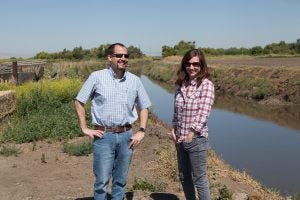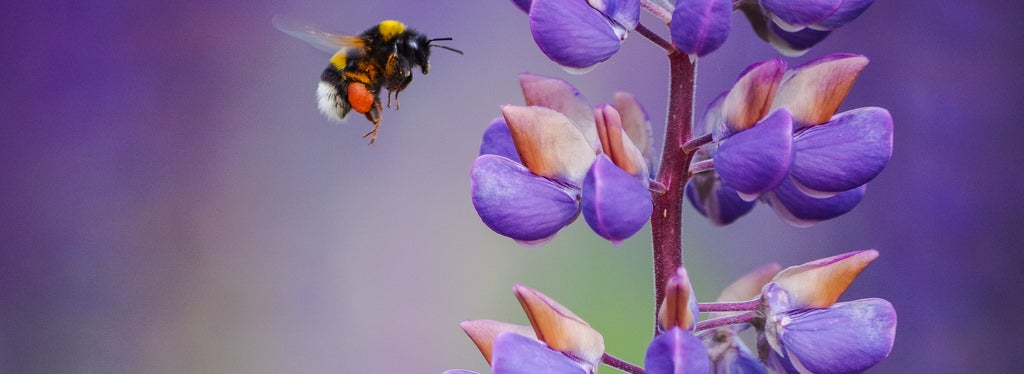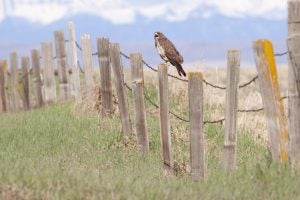
Michael Bean is a prominent wildlife conservation expert and attorney. He is also the author of The Evolution of National Wildlife Law, a leading text on wildlife conservation law. Many consider Bean “the dean of endangered species protection.”
Few people know more about wildlife conservation in America than Michael Bean. A renowned expert in wildlife policy and programs, Michael is hailed as an innovative thinker who has consistently found effective ways to protect our nation’s endangered species, pioneering techniques like Safe Harbor agreements and Habitat Conservation Plans that have helped many animals at risk of extinction.
Michael started working at EDF in 1977 where he directed our wildlife conservation policy initiatives for several decades, during which I came on board and had the honor of working closely with him. In 2009, Michael went on to join the U.S. Department of the Interior as counselor to the Assistant Secretary for Fish, Wildlife and Parks, and later as the Principal Deputy Assistant Secretary.
Today, we are fortunate to have Michael back as an advisor to EDF, and to have him share his insights on the current state of our country’s wildlife programs and policies. Read More






 The U.S. Senate will confirm the Secretary of Agriculture today, empowering former Georgia Governor Sonny Perdue to lead an agency with a $155 billion budget, some 100,000 employees and ultimate responsibility for our nation’s food security.
The U.S. Senate will confirm the Secretary of Agriculture today, empowering former Georgia Governor Sonny Perdue to lead an agency with a $155 billion budget, some 100,000 employees and ultimate responsibility for our nation’s food security.
